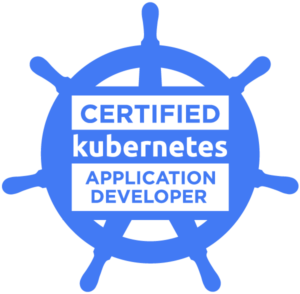
The key points to prepare for your KCNA (Kubernetes and Cloud Native Associate) exam.
1. Understanding Kubernetes fundamentals such as Kubernetes resources, architecture, API, containers, and scheduling
(1/3) #Kubernetes #KCNA #CloudNative #DevOps #Containers #CNCF
1. Understanding Kubernetes fundamentals such as Kubernetes resources, architecture, API, containers, and scheduling
(1/3) #Kubernetes #KCNA #CloudNative #DevOps #Containers #CNCF

2. Container orchestration concepts such as runtime, security, networking, service mesh, storage, and container orchestration fundamentals.
3. Cloud-native architecture such as autoscaling, serverless, community and governance, roles and personas, and open standards.
(2/3)
3. Cloud-native architecture such as autoscaling, serverless, community and governance, roles and personas, and open standards.
(2/3)
4. Cloud-native observabilities such as telemetry & observability, Prometheus, and cost management.
5. Cloud-native application deliveries such as application delivery fundamentals, GitOps, continuous integration, and continuous delivery/continuous deployment (CI/CD).
(3/3)
5. Cloud-native application deliveries such as application delivery fundamentals, GitOps, continuous integration, and continuous delivery/continuous deployment (CI/CD).
(3/3)
This KCNA prepares candidates to work with cloud-native technologies. It also impacts concepts of the entire cloud native ecosystem. YOU will be able to deploy applications using basic “kubectl” commands and understand the cloud-native landscape and projects.
• • •
Missing some Tweet in this thread? You can try to
force a refresh








